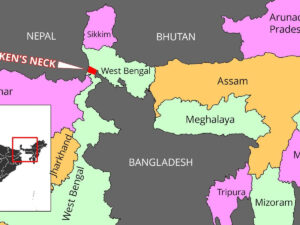This content is restricted to site members. If you are an existing user, please log in. New users may register below.
Turkish Missile Systems for the Bangladesh Army – Operational Analysis and Strategic Application

Reading Time: 5 minutes In the evolving landscape of South Asian security dynamics, the Bangladesh Army must modernise its missile strike capability to match asymmetric threats, compensate for limited air superiority, and develop layered deterrence. Turkish missile systems—particularly from Roketsan and STM—offer a cost-effective and operationally versatile suite of solutions that have seen deployment across multiple theatres, including Libya, Syria, Nagorno-Karabakh, and Ukraine. This study offers a detailed technical analysis of four such systems—UAV-230, KARA ATMACA, ALPAGUT, and ÇAKIR—exploring their combat characteristics, deployment models, and feasibility for integration into the Bangladesh Army’s doctrine. UAV-230 Supersonic Air-to-Surface Ballistic Missile Operational PurposeUAV-230 serves as a standoff strike weapon mounted on high-endurance UCAVs like the Bayraktar AKINCI. It enables precision strikes on hardened targets in contested or denied airspace without deploying manned aircraft. Combat AnaloguesThe UAV-230 is comparable in role to the Israeli Rampage missile and the U.S. AGM-158 JASSM (albeit less stealthy

